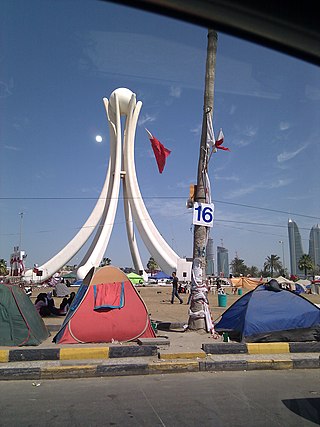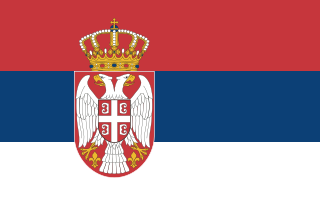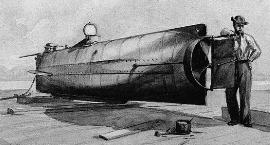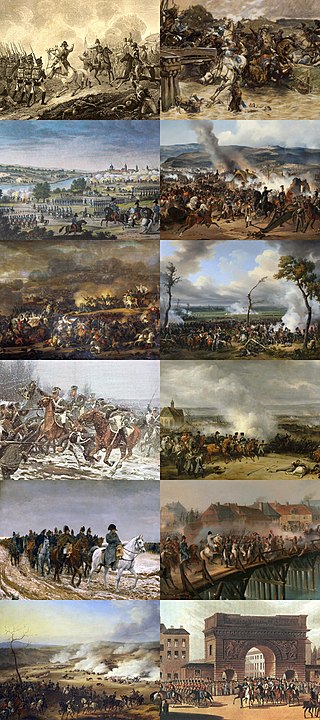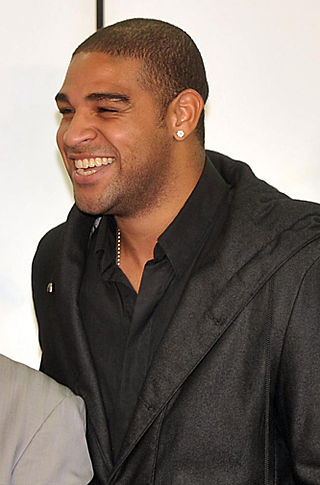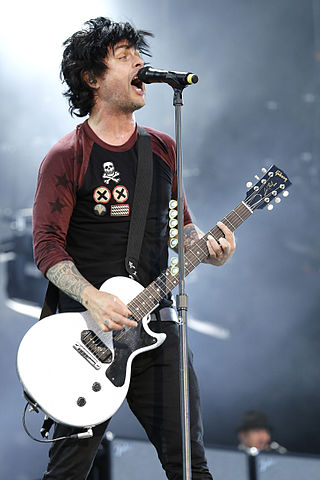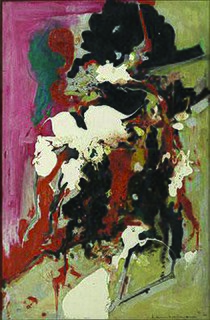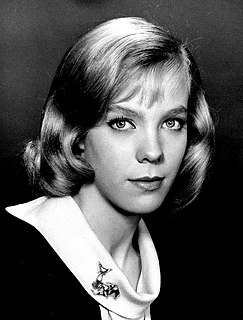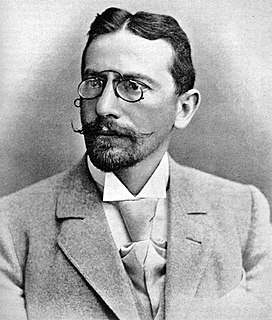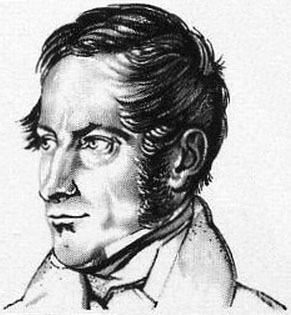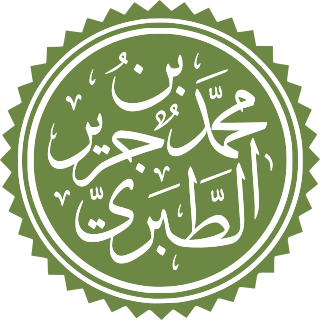
February 2016 Ankara bombing
The February 2016 Ankara bombing killed at least 30 people and injured 60 in the capital of Turkey. According to Turkish authorities, the attack targeted a convoy of vehicles carrying both civilian and military personnel working at the military headquarters during the evening rush hour as the vehicles were stopped at traffic lights at an intersection with İsmet İnönü Boulevard close to Kızılay neighborhood. Several ministries, the headquarters of the army and the Turkish Parliament are located in the neighbourhood where the attack occurred. The Kurdistan Freedom Hawks (TAK) took responsibility for the attack and said they targeted security forces. Censorship monitoring organization Turkey Blocks reported nationwide internet restrictions beginning approximately one hour after the blast pursuant to an administrative order. The attack killed 14 military personnel, 14 civilian employees of the military, and a civilian.






